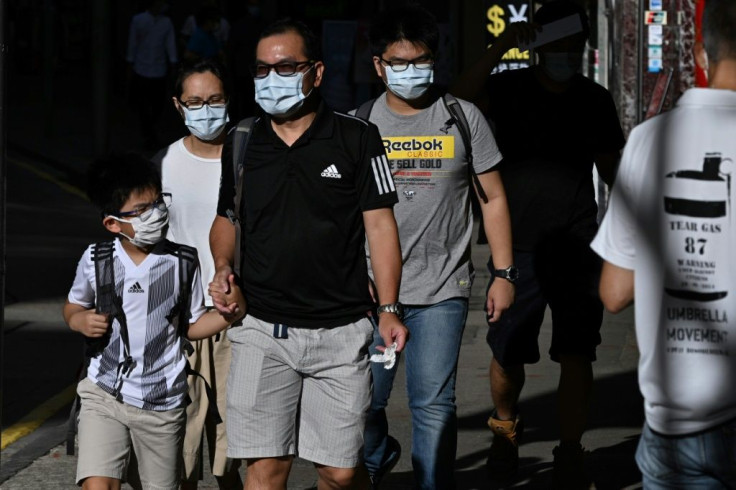Masks Making Communication Hard for Hearing Impaired

If you’ve ordered a cup of coffee or met up with friends in the era of COVID-19, you’ve likely experienced firsthand how tough it can be to understand speech when it’s muffled beneath a mask.
For people who are deaf and folks with hearing loss, masks are an even greater barrier to effective communication.
“We don’t realize how much we use visual cues to understand speech, even people who don’t have any hearing loss,” Shannon MacDonald, AuD, an audiologist in North Carolina, told Medical Daily. “It can be tough to communicate while wearing a mask. Eye expressions can only do so much.”
Deaf people often rely on lip reading to understand speech — something that’s impossible when the speaker is wearing a traditional cloth mask. Others who have hearing difficulties might struggle to understand speech when the words are muffled beneath the speaker’s mask.
Clear masks
Enter ClearMask, the first fully transparent, FDA-approved mask. Dr. MacDonald discovered the company while searching for a way to help her patients better understand her during the pandemic, since masks are still necessary to help prevent the spread of the coronavirus.
“I had one patient come in the other day who has really severe hearing loss. He has two hearing aids, and when I wear a mask, it’s really difficult to utilize clear speech since so much of it gets muffled. Me using a clear mask really made the world of a difference to him,” Dr. MacDonald said.
The masks aren’t recommended for use in a surgical setting or in places where significant exposure is expected. But when Dr. MacDonald is counseling a patient and practicing social distancing, she says, the clear masks are safe to use.
“With the clear masks, my patients can read my lips. They can see more of my face and know if I’m smiling or making a certain facial expression,” Dr. MacDonald said. “Just being able to see me speaking, they can put things together and figure out what’s being said, even if my voice is muffled.”
She said her office has been inviting patients’ family members to join them for appointments so they can go over other communication strategies to help increase speech comprehension while wearing masks.
Tips to help people understand you
Being in the same room as the person you’re speaking with and reducing background noise can help people with hearing loss better understand you through your mask, Dr. MacDonald said. She also recommends enunciating clearly, speaking slowly and emphasizing sharp consonant sounds — what she calls “clear speech.”
Don’t yell or simply speak loudly, Dr. MacDonald said, as this can distort speech even more for people with hearing loss and hearing aids.
One in eight people aged 12 or over in the United States has hearing loss, including half of those older than 75, according to the National Institutes of Health.
“You don’t always know who you’re talking to, so it’s important to have a little bit of grace when someone is having trouble understanding you with a mask on,” Dr. MacDonald said.
Many of her patients wear hearing aids, but even so, being in situations where there is a lot of background noise (at the grocery store, for example) can make it challenging to understand speech.
“My patients all carry cards they can use when they’re out in public,” Dr. MacDonald said. “The cards state, essentially, ‘I have hearing loss and/or hearing aids, please try to utilize clear speech and be patient with me.’ It’s one way people with hearing loss can advocate for themselves.”



























